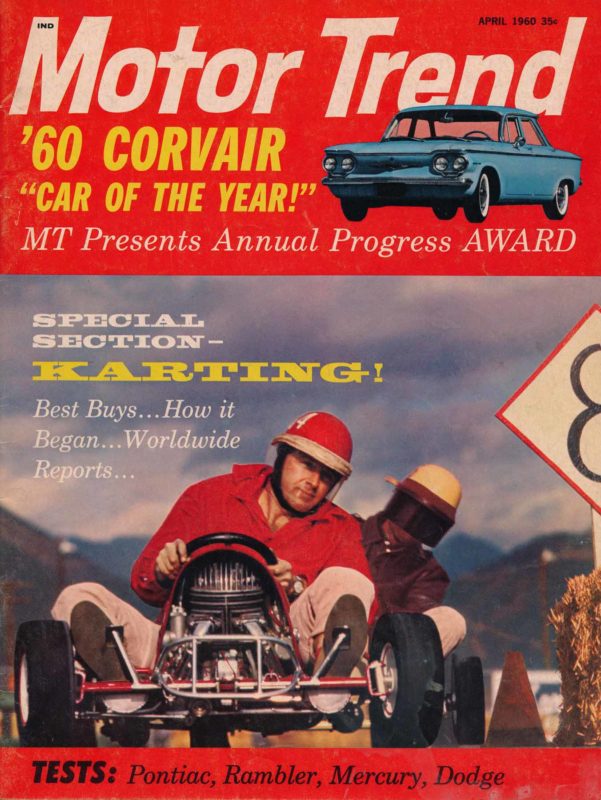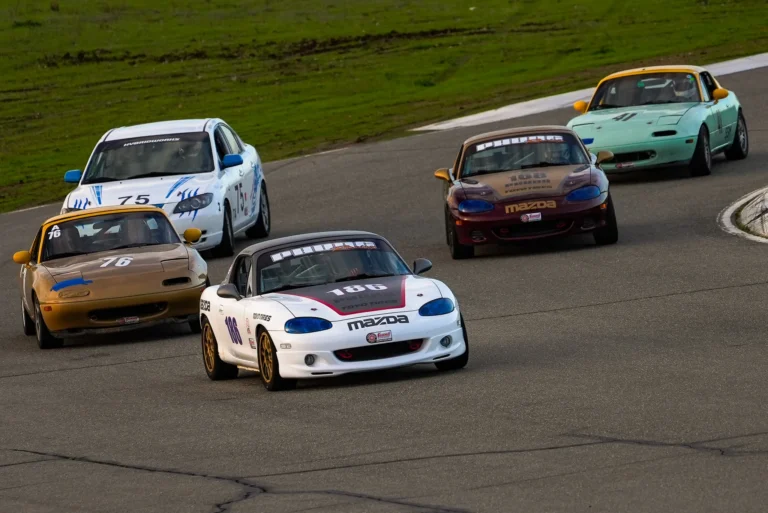
Vaca Valley Raceway was built in 1958 as a multi-purpose facility with a drag strip, oval track with banked turns and a 2.1 mile road course. It was the first such course of its kind in the U.S. according to its General Manager, Harry Burdg. The track offered the SF Region a second, purpose-built road course (after Laguna Seca) to add to its annual schedule and would do so until the track closed at the beginning of 1972.
One early race date was August, 28, 1960 for the scheduled 100 mile endurance race at Vaca Valley Raceway for the Pacific Championship. While the majority of drivers were from Northern California, there were entries from Nevada and Southern California for this first ever 100 mile race in California. The drivers would use the shorter 1.5 mile long course completing sixty-seven laps with three mandatory pit stops for fuel with the majority of teams also switching drivers for this grueling race.

Wait a second, three pitstops for fuel? Driver changes? The first 100 mile race in the State? Something doesn’t sound right. Well, I did leave out one fact…this was a go-kart race! I know, what does this have to do with sports car racing? It’s common knowledge that in today’s world, if a young, aspiring driver wants to gain experience and seat time, karting is generally the place to start. Karting is a reasonably affordable way to get started in the sport and since the competition is fierce, it’s a great way learn race kraft. Many great modern day drivers began their careers in karts including Many of the well known modern day drivers started their careers in karting including Michael Schumacher, Ayrton Senna, Sebastian Vettel, Max Verstappen, Kimi Raikkonen, Danica Patrick, Jeff Gordon and Tony Stewart. As a result, I though it would be interesting to have a look at how this sport got its start.
The acknowledged originator of the sport was Art Ingels, who built race cars at Kurtis Kraft in Southern California. In 1956, Ingels designed and built a kart just for fun. After completing his creation, he realized the kart provided more performance per dollar than just about any other type of vehicle and it wasn’t long before his friends were building their own karts. Since this was strictly a do-it-yourself hobby with no manufacturer yet turning out karts, fathers and sons gathered together the necessary materials and built their own to enjoy.

As interest in go karts gained momentum, a small group of enterprising Southern Californians formed the first manufacturing company in 1958, appropriately named Go Kart Manufacturing (they copyrighted the name). As a means to publicize the company and show karts weren’t a toy, they gathered together twenty-eight drivers to race one kart around a 2.5 mile road course for seven days and nights covering 5,260 miles! I wonder how many kidneys survived that ordeal.
With more companies joining in to build karts their popularity exploded, so much so, many of the major sports car magazines including Road & Track, Motor Trend and Sports Car Illustrated all wrote feature articles about this new sport in 1959 and 1960. Builders like Bug, Dart, Hoffco, Fox, Go-Boy, Go Kart, Gopher, Hovey Hawk, Li’L 500, Percival, Swoopster, Mantis, Acer, Cool Cart, Pixie and Simplex were among 300 manufacturers which drove kart sales to a $3.5 million business in 1961. With over 4000 certified kart tracks in the U.S. and a set of rules for competitive karts developed by the Go Kart Club of America, this sport had gone from one man’s project to a national phenomenon.
With U.S. manufactured karts being exported around the world, it wasn’t long before the FIA became involved and sanctioned a championship race at the 1959 Bahamas Speed Week. Several well-known drivers competed in the kart races which were mostly for fun, including Dan Gurney, Skip Hudson, Pedro Rodrequez, Denise McCluggage, Augie Pabst and Jim Rathman.

Back to the Vaca Valley kart race which was an outgrowth of the first races held in Northern California in June 1958. The sanctioning body for the Vaca Valley event was the Pacific Association of Racing Karts which had several had functions – ensure compliance with the rules; issue competition licenses; create a race schedule; create favorable public relations and form a Northern California Kart Club Council. By the Vaca Valley race date, fifteen kart tracks were already in operation north of the Kern County Line with more under construction. Competition licenses were issued to drivers once they had completed three sanctioned races with proof of courteous driving and proper driver attitude. Sound very much like the early days of the SFR.
As we all know, karting continued to grow and now there are thousands of tracks both indoor and outdoor all over the U.S. Karting is both a highly competitive sport and good fun for the casual enthusiast. There are several kart tracks right here in the Bay Area and if you haven’t driven one in a while, go out and have yourself some fun!
Words by: Gary Horstkorta – February 2017

